The Montessori method is a perfect fit for parents looking for a balanced approach to learning tower, where social interaction, academics, music, arts, play, and study are all integrated for the holistic development of a child. Montessori is more than a method of teaching. It’s a way of looking at the world that encourages lifetime achievements.
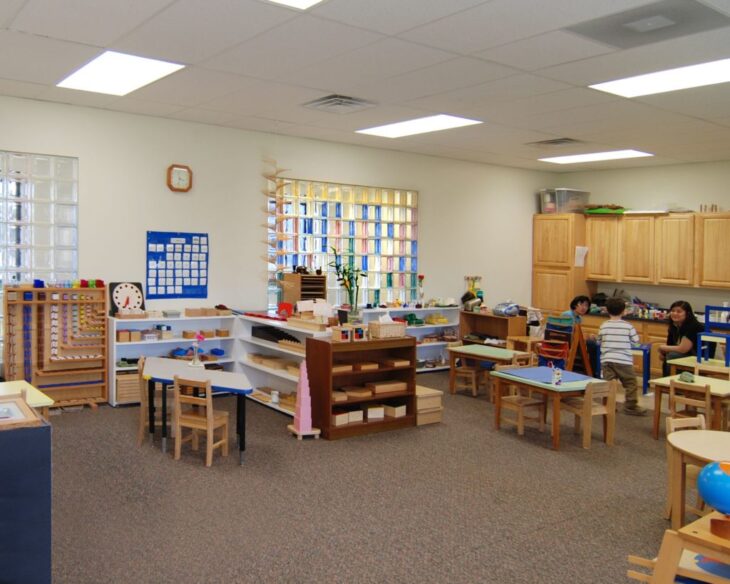
Source: spokeright.com
Contents
Montessori Method of Teaching
Dr. Maria Montessori created the Montessori Method in the early 1900s. It’s a type of child-centered education that includes child-led activities, mixed-age classrooms, and teachers who foster independence in their students.
Dr. Montessori felt that children learn more effectively when they have a say in what they learn, and this principle is still reflected in Montessori classrooms today. A Montessori classroom will most likely differ from what you witness in traditional preschools. The following features distinguish a Montessori playschool.
- A grading system that isn’t typical and exclusively promotes academic excellence.
- Focus on a student’s holistic development, including social, emotional, intellectual, and physical development.
- Throughout the day, children can choose from a variety of activity stations.
- Instead of standing at the front of the classroom, teachers move from group to group.
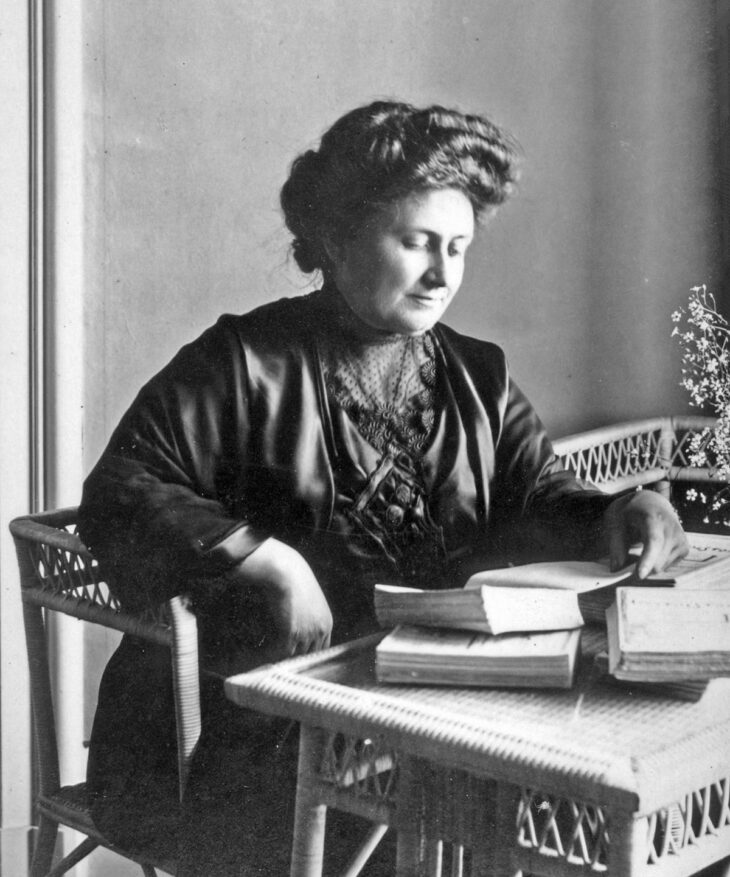
Source: sh.wikipedia.org
Features of Montessori Method of Teaching
Please continue reading to understand how Montessori schools go above and beyond and help your child develop a learning curve that will make them more versatile and adept in handling situations later in life.
-
Mixed-Age Groups
A mixed-age grouping of children is the foundation of all Montessori programs. There are no single grades in authentic Montessori classrooms; instead, multi-age grouping is used. According to Dr. Maria Montessori, children learn best in a mixed-age classroom while acquiring distinctively human social experiences.
-
Prepared Environment
The classroom materials and furniture are all designed to fit the needs of the children and are arranged in a way that promotes their educational growth. Work is stored on shelves that are easily accessible.
When they’re done, the kids rapidly learn to pick the object, utilize the item wisely, and put it back where it belongs. Their physical growth is also accelerated as a result of this activity. The youngsters are part of an orderly environment that becomes their pride and joy since everything has a place and everything is in its place.
Use the stool from katanabana.com to help your child get up to the counter or table for arts and crafts, snacking, assisting with supper preparation, washing hands, brushing teeth, and getting ready for bed.
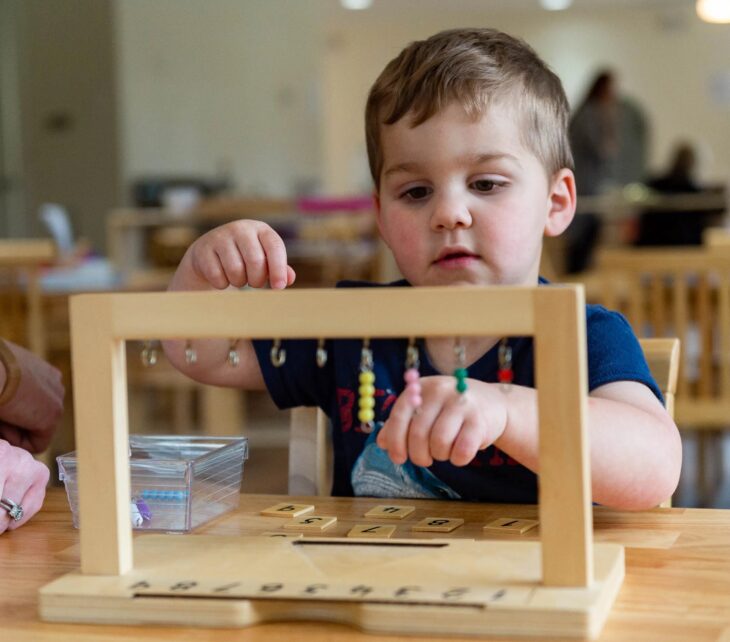
Source: theadvertiser.com
-
Materials for teaching
Montessori’s materials promote developmental aids rather than instructional aids. In nature, they are scientific and precise. They’re made to allow for spontaneous learning. Abstract notions are manifested to promote hands-on learning. Learn more at bibity.com
-
Learning that is integrated
Learning does not take place in isolation. Every facet of education is intertwined. The child learns the so-called subjects in a Montessori classroom not in isolation but as an extension to some other subject. The children, for instance, learn one topic from the other and vice versa.
Language is learned through math, geography is learned through science, and so on. Montessori education encourages a creative, distinctive, and joyful learning journey for the child throughout their impressionable age into a responsible, productive, and happy adult.
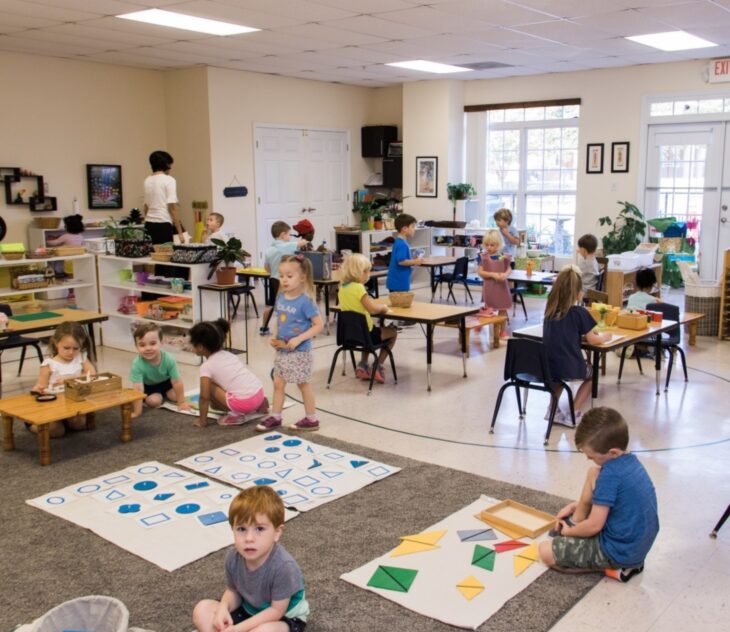
Source: crabapplemontessori.com
-
It’s Not Just Memorization
Teachers in the Montessori elementary curriculum do not urge students to memorize facts. Instead, they feel that memorizing facts limits rather than encourages a child’s specific skills and capacities. On the other hand, Montessori schools teach children through a unique method, frequently through a hands-on approach that emphasizes a child’s ability to learn rather than retaining useless facts.
Benefits of Montessori Method of Teaching
With an engaging and creative learning method, a Montessori school brings out each child’s uniqueness, encouraging their potential. Montessori instills in children a love of life and a respect for others that they carry into adulthood. The following are some of the benefits of this educational method:
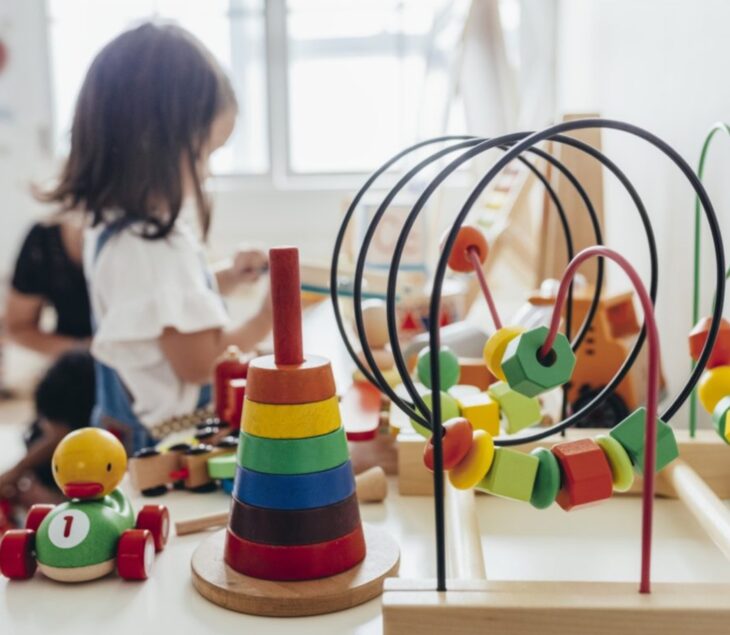
Source: montessoriaction.com
-
Individualized learning plans
Your child will be exposed to a variety of learning methods through Montessori. Each student is treated as an individual by the teacher, who allows them to progress at their own rate while supporting them along the way.
-
Learning that is tailored to each stage of development
Children develop a sense of individuality and coordination when they are not in a one-size-fits-all scholastic environment. Even at an early age, this self-control reinforces their drive to study.
-
The sense of belonging
A family-like setting is part of Montessori education. The classrooms are typically multi-age, allowing older students to mentor and serve as role models for younger kids. The teachers supervise interactions to resolve disagreements in a civilized manner.
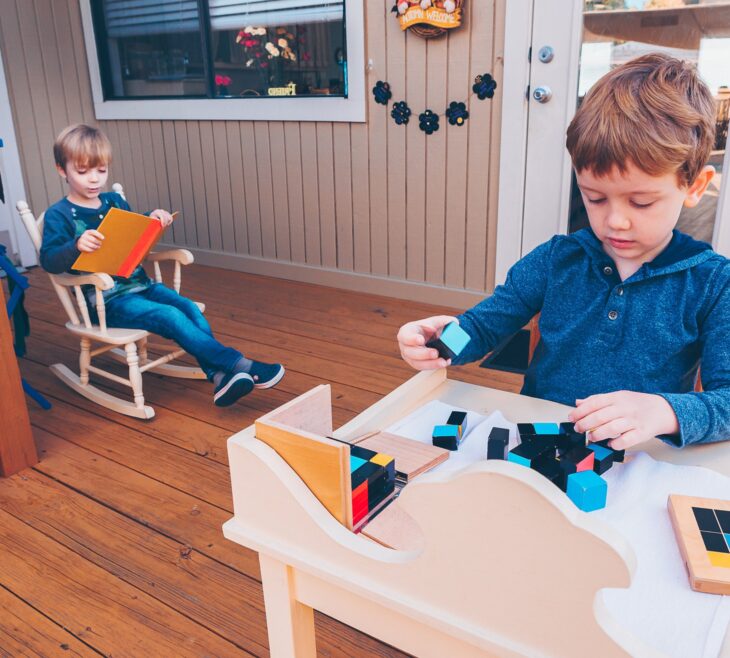
Source: squarespace-cdn.com
-
Cooperative play has a lot of value
A Montessori classroom is a self-contained learning environment that is guided by the students. While exploring the numerous learning stations, the students coordinate their play activities and learn to cooperate together. This cooperative game instills a sense of respect for others and an awareness of their perspectives.
-
The program includes a self-evaluation component
Children practice self-criticism and self-correction by learning to be critical of their work. They regularly assess their particular assignments and look for flaws. It is a talent frequently lost in traditional educational approaches but one that our pupils retain as they get older.
-
Self-discipline is a virtue
Self-assessment necessitates the use of self-discipline. Montessori-educated children establish precise ground rules for themselves and seek to attain their personal objectives. Their motivation and desire to learn grows as a result of their increased concentration and self-control.
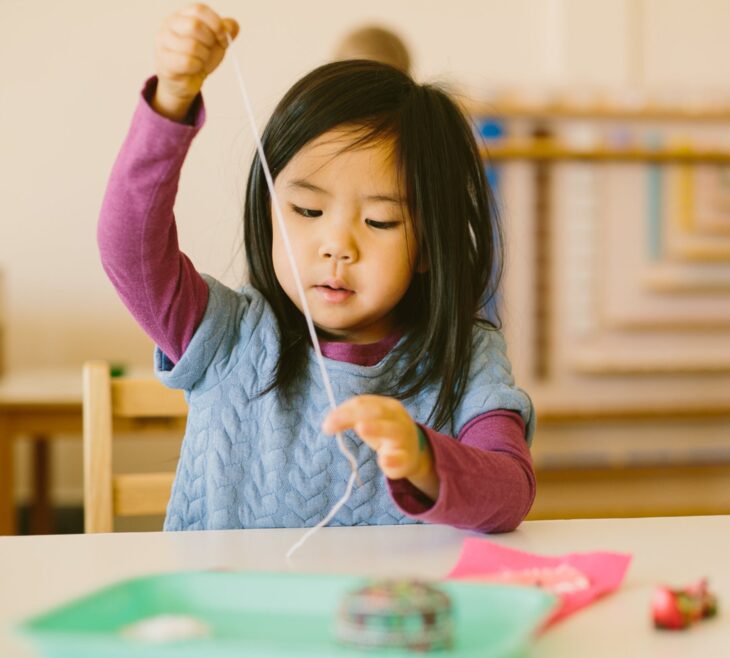
Source: montessoriaction.com
-
A hands-on curriculum
One of the best aspects of Montessori education is that your child can learn doing different activities from a young age. In contrast to abstract and book-focused learning, this delivers a concrete and easy-to-understand education.
Conclusion
Deciding to place your kid in a Montessori setting takes time and effort, but it will pay off in the long run for both the child and the parent. Finding the right school is critical because they can differ significantly. Make sure you conduct thorough research to select the best school for your child.
